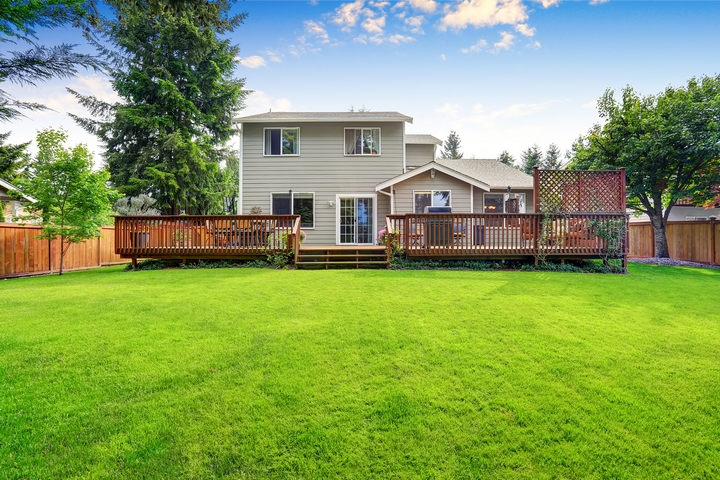A healthy, lush lawn is something most homeowners dream about long before they buy their first home. Not only does it make your home look better, a healthy lawn adds value to your home and the neighborhood around you as well. Not only that, but your lawn is where your kids play and your family gathers for pool parties and BBQ’s, so you want it to be as healthy as possible.
The problems start when your lawn starts looking raggedy and develops unsightly spots or uneven growth. Luckily, most lawn problems are easily fixed, so you can get back to enjoying the outdoors with your family on a lawn you can be proud of.
If these lawn problems keep occurring, it’s time to call in the lawn care professionals to help restore your lawn. Here are six of the most common lawn problems and how to fix them:
Lawn Problem #1: Weeds
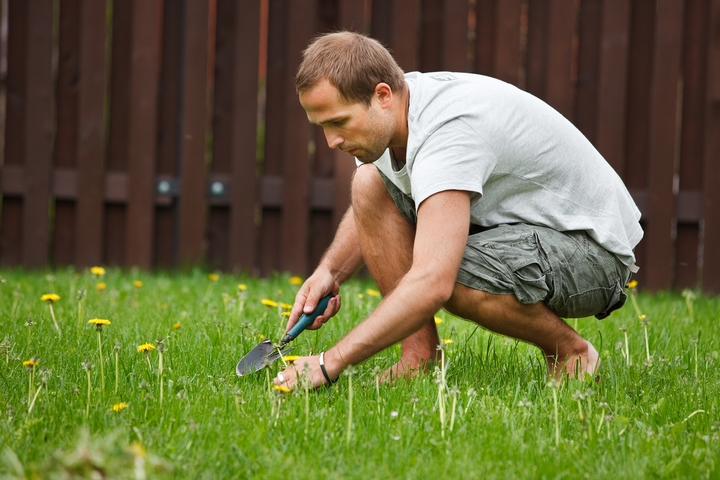
One of the most common lawn problems homeowners have to deal with is weeds taking over their lawn. They are a major problem because they not only look unsightly but destroy the uniformity of your yard as well.
The first thing you need to know is that a healthy, dense lawn is the first line of defense against the weeds taking over. Other fixes include mowing regularly with a sharp blade, using a high-quality fertilizer, and supplementing rain fall with water when needed.
Lawn Problem #2: Bare or Bald Spots
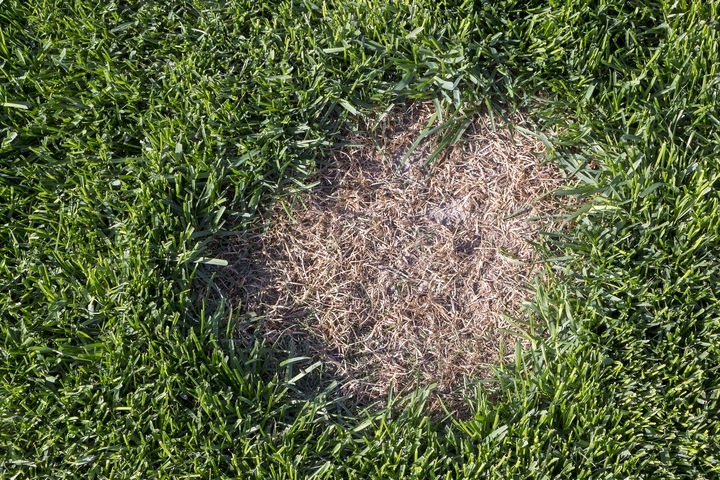
Nothing makes a lawn look worse than bare or bald spots scattered about. Whether this damage is caused by heavy foot traffic or some disease that is affecting your grass, the result is that it looks horrible and invites weed growth as well.
Solutions to fix these lawn problems include digging up the spots and several inches of yard around them, lightly tilling the spots and raking them, and adding topsoil to the areas to promote growth.
Lawn Problem #3: Damage that’s Caused by Pets
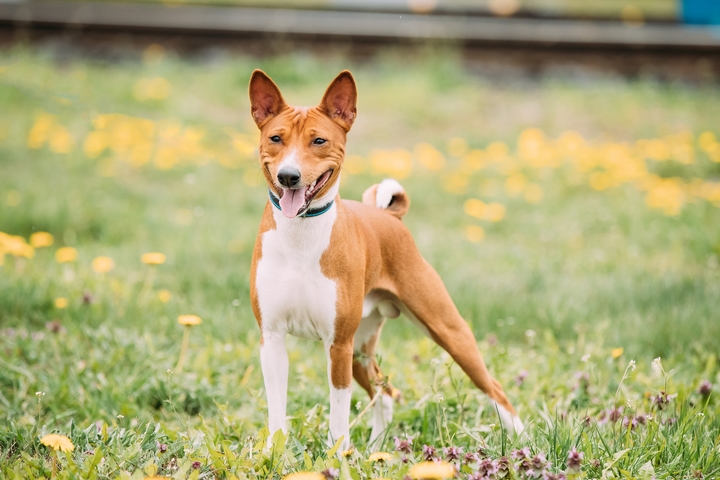
While we all love our beloved pets, they can damage your lawn quite easily. Cat and dog urine carry big amounts of nitrogen that is damaging to any lawn it comes in contact with. This in turn causes your lawn to turn brown and unsightly look.
The solution for damage caused by pets is two-fold. First, you need to dig out the affected spots, then reseed, and treat the area with a high-quality fertilizer for the best results. It’s also a good idea to have a designated potty and play area for your pets on your lawn, so you can prevent these common lawn problems from happening again.
Lawn Problem #4: Holes
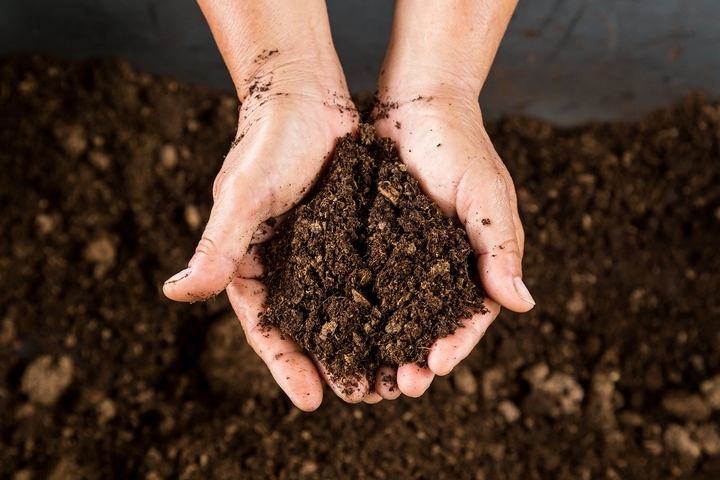
One common lawn problem is raccoons, moles, and other critters digging homes in the lawn and ruining it. This will create wilted, patchy areas in the grass and needs to be taken care of right away. The critters are actually looking for grubs, which are common lawn pests. The grubs if you don’t take care of them can quickly damage your entire lawn.
These lawn pests can be detected by peeling back a small patch of your lawn to see if they are there. If you find small, white, wormlike creatures underneath, then you have a grub infestation. Treatment is simple and effective if you catch it fast enough, by treating the lawn. However, if you don’t you may need to remove the parts of the lawn that are infected and reseed instead.
Lawn Problem #5: Uneven Growth in the Shade
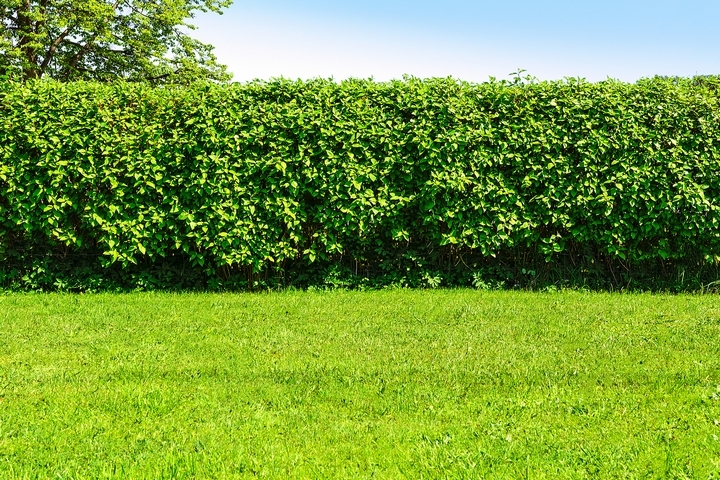
It’s a known fact that many types of grass seed just don’t do well in shady spots. Remedies for grass not growing in the shade of your yard include keeping your trees pruned and finding shade tolerant grass seed that is compatible with your region. If this doesn’t work for you and your grass still doesn’t grow, try calling in the professionals to help you with the lawn problem.
Lawn Problem #6: Moss Overtaking the Lawn

If your lawn is compact, shady, wet, and not fertilized well, then moss will take it over quite quickly. There are a few different strategies you can try to get rid of moss in your yard. The first one is to prune your trees, which will minimize the shade in your yard and encourage grass to grow there. The second solution is aerating and de-thatching the area to encourage grass to grow as well. This will make the grass healthier and less compact as well.
The last thing you can do, in combination with the other tips is monitoring the water levels of your lawn and the PH of the soil.

